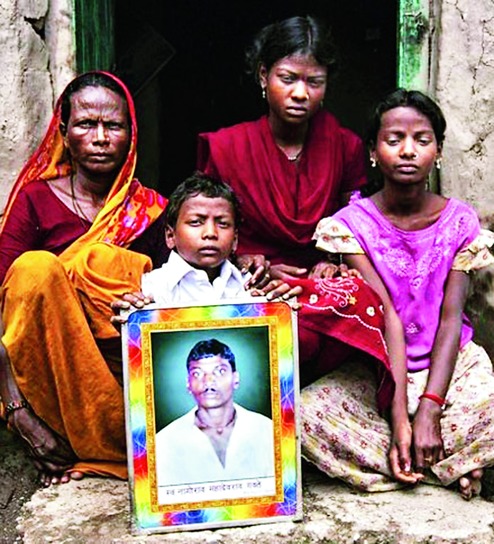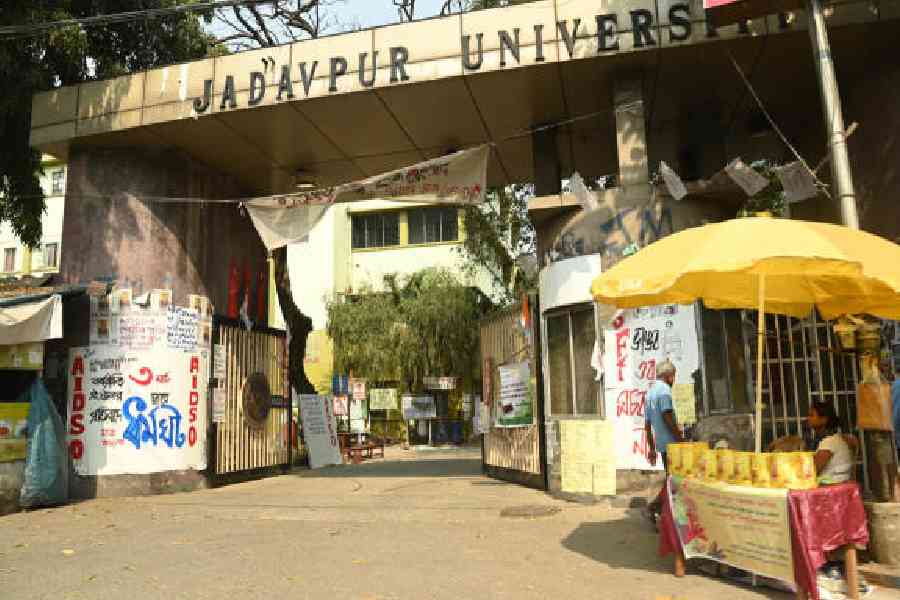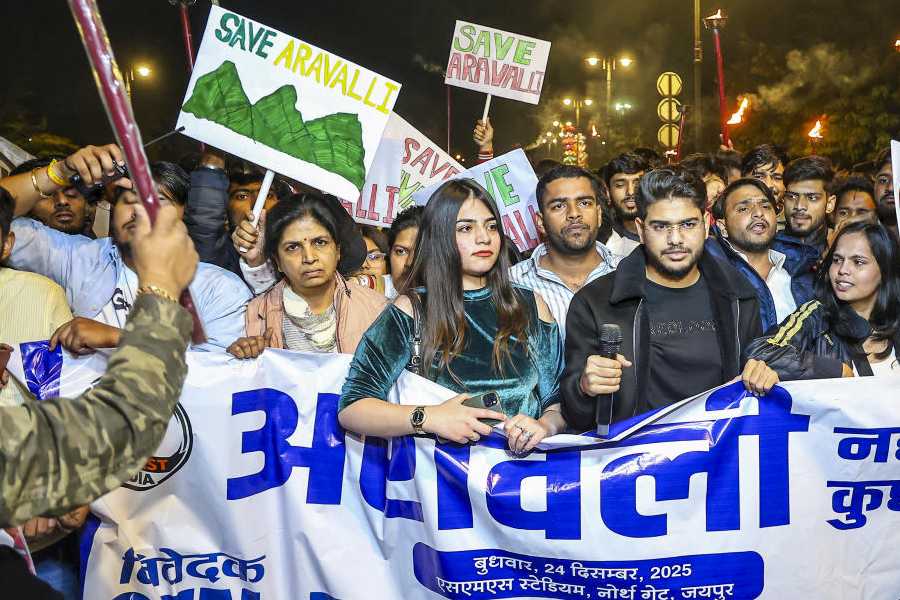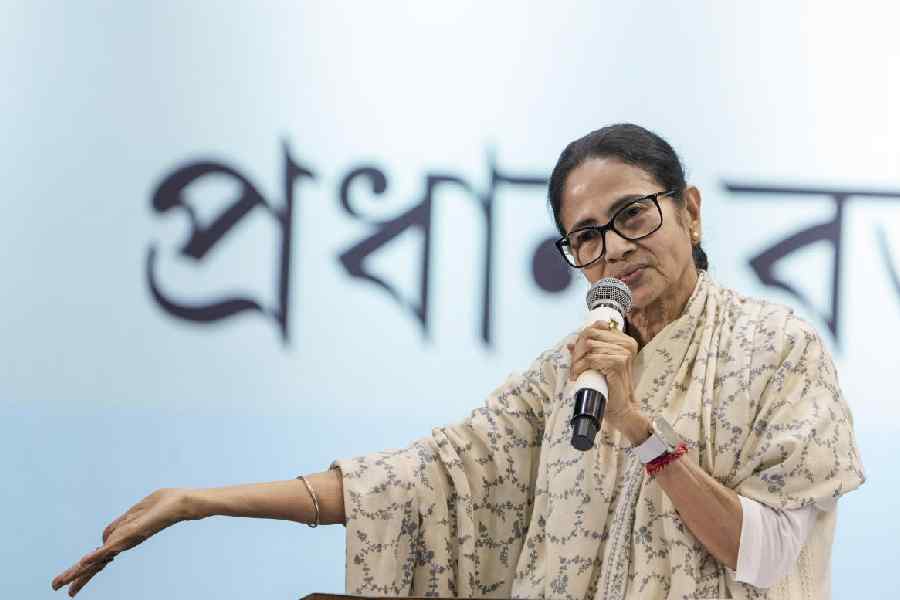
There is no better time for a probing engagement with the theme of agrarian distress in India than now. In March, thousands of farmers in Maharashtra agitated, demanding the implementation of loan waivers that the state had earlier promised, and the alleviation of their situation of unending distress. Between January and March this year, an estimated two hundred farmer suicides are said to have occurred in Vidarbha and Marathwada. The farmer suicides are the backdrop of the book, Widows of Vidarbha: Making of Shadows, by the journalist, Kota Neelima, where she explores the lives of the families who have been devastated. Although she appears to anticipate the deepening abjectness in rural Maharashtra that the Kisan Long March gestures towards, the book is based on research done between 2014 and 2017, pointing to the enduring condition of agrarian distress rather than presentiment on the part of the author.
The book bristles with the quiet anger and indignation of the families distressed by death and debt as they reconcile themselves to the tragedy. Its premise is that while the farmers are half forgotten by the State, their widows are cast further in the shadows — a condition Neelima alludes to often and seeks to unmake. But the women play a crucial role, first in pushing the State to investigate the deaths and officially recognizing them as suicides, and also in picking up the pieces after the tragedy and looking after their families. The book is divided into two sections, one addressing cases from Yavatmal and the other those from Amravati, two districts with the highest farmer suicides in Vidarbha. The eighteen chapters are each dedicated to a different family, and are based on interviews. The writing demonstrates how fine the lines between ethnographic and journalistic research can be and how this distinction must be eschewed sometimes. At the very outset Neelima says that there can be no generalization about the women of Vidarbha to suit the needs of a preface. Indeed the narratives of widows of varying age and station have been treated as distinct cases, even if their common experiences of loss, helplessness or shared histories of husbands swallowing pesticide in extreme desperation morph into one another.
The image of the poor farmer reeling from declined yields, failed crops, and an abyss of debt has become commonplace to the citizens of this country. In a style reminiscent of P. Sainath's work, Neelima liberates this farmer from a distant statistic and uses photographs and her lyrical prose to vivify the farmer-families in their despair and impossible ambitions. She sometimes brings alive a room in which the suicide happened and sometimes emotions like the sting of humiliation felt in encounters with loan recovery agents. Through the voices of the women, the farcical rules of the State to ascertain that a suicide is eligible for State compensation and the struggle of the widows to claim compensation are thrown into relief. The narratives point to different strategies of negotiation used by the women. Some benefit from government schemes and become anganwadi workers while others are pushed towards farm labour. A simmering resentment towards agriculture is captured. The widows work hard to educate their children to allow them to escape the stranglehold of wayward cotton, soya bean and tur crops that claimed the latter's fathers. The interviews with the children are a striking aspect of this book. While some, including daughters graduate in home science or commerce, others dream of studying law or of professions that would on no account involve agriculture. The book is rich in its documentation of the transforming character of agrarian India.
The poesie of Neelima's style at times weighs down her analysis. While the evocative prose is hard-hitting, at other times she resorts to affect-laden reflections on how official files lack the columns to record despair, or that State schemes paid the children to live but not to dream. The occasionally rhapsodic approach clouds an otherwise razor sharp critique of an impassive State. While many of the widows are reconciled to their destiny, Neelima ends with the case of Lata Patil from Amravati, who visibly chafed against structures to "improve her destiny". After the suicide of her husband she sold her hut, bought land, built a house, educated her children and asserted that agriculture would not "figure in her [daughter's] future scheme at all". She too incurs loans, but meets banks and moneylenders with equanimity and indignation rather than apology. These narratives of struggle, best exemplified by Lata's resilience, bring the widows out from shadows and point to their stoicism while male farmers crumble before the stockpile of distress. This spirit rings throughout the book. As the last respondent says, she too has pesticide on the farm, but doesn't drink it under any circumstance.











